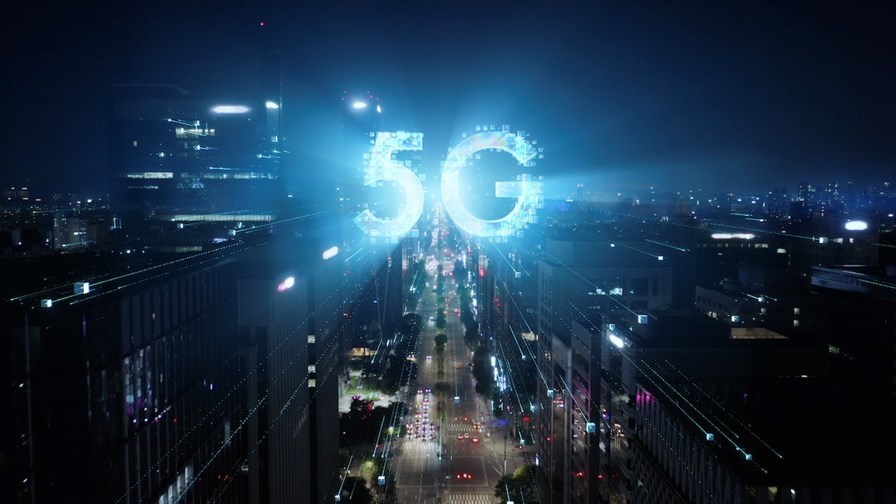5G-A and RedCap key to telcos’ 5G growth beyond 2024 – report

By Yanitsa Boyadzhieva
Jan 15, 2024

- Global service revenue from 5G networks is expected to hit $400bn in 2024, according to the team at Juniper Research
- However, telcos will need to harness new capabilities to unleash further 5G revenue potential
- 5G-Advanced (5G-A) and 5G RedCap will be key technologies enabling further service revenue growth, especially in the enterprise IoT domain
The deployment and application of emerging technologies, particularly 5G-Advanced and 5G reduced capability (RedCap), for the enterprise user sector will be vital if telcos are to grow their 5G service revenues in the coming years, according to the team at Juniper Research.
The firm’s analysts expect the global 5G services sector to be worth $400bn in 2024, up by 32% year on year, as 5G mass market subscriber numbers continue to grow around the world, especially in markets where the launch of widely available 5G services is still relatively new (such as India).
But as the team notes in its new report, Global Future 5G Strategies Market 2024-2028, that growth is going to be tough to maintain. As 5G penetration rates among consumers become saturated, as they are in major markets where 5G services have already been available for years, “it will be imperative” for telcos to launch services over 5G networks that provide value to “high spending” internet of things (IoT) users in the enterprise sector, according to the Juniper Research team.
The ability for operators to develop and launch such enterprise-focused revenue-generating services will largely be driven by their deployment of 5G-Advanced and 5G RedCap capabilities – both of these technologies are seen as “key” to enabling telcos to provide (and monetise) broader service coverage, increased network efficiency and extended device battery life to enterprise users.
In its report, Juniper Research highlighted 5G-Advanced – the functionality which is included in the Release 18 specifications that are on course to be ‘frozen’ by the 3GPP during 2024 – as the next evolutionary stage of 5G. It is expected to enhance support for extended reality (XR)-based services, including cloud gaming, virtual reality (VR) and augmented reality (AR). Additionally, AI and machine learning (ML) are set to be key components of 5G-Advanced systems and can be used to improve network performance.
Meanwhile, 5G RedCap, which is designed specifically to support IoT applications and offer significant operational improvements compared with LTE-M, has been growing in popularity with telcos thanks to its ability to enable low-latency connectivity, extended IoT device battery life, and downstream connectivity to IoT devices at data rates of up to 150 Mbit/s.
Numerous major telcos have been eagerly exploring 5G RedCap over the past year, including BT, Verizon, AT&T, Optus, SK Telecom, China Mobile, China Telecom and China Unicom.
According to Juniper Research, the capabilities of 5G-Advanced and RedCap will be “instrumental” in the growth of IoT services: The research team behind the report expects there will be more than 360 million 5G-enabled IoT devices using public networks by 2028, significantly higher than the 35 million devices expected in 2024.
Furthermore, fixed wireless access (FWA) broadband services are expected to benefit significantly from the deployment of 5G-Advanced and RedCap capabilities, particularly in relation to managing high volumes of data traffic. “FWA has always been positioned as a key service for 5G network monetisation, but the emergence of 5G-Advanced and 5G RedCap will enable operators to offer similar network conditions as fixed network service providers. Operators must leverage their existing billing relationships with consumers to promote their FWA solutions,” noted Sam Barker, co-author of the report.
- Yanitsa Boyadzhieva, Deputy Editor, TelecomTV
Email Newsletters
Sign up to receive TelecomTV's top news and videos, plus exclusive subscriber-only content direct to your inbox.
Subscribe